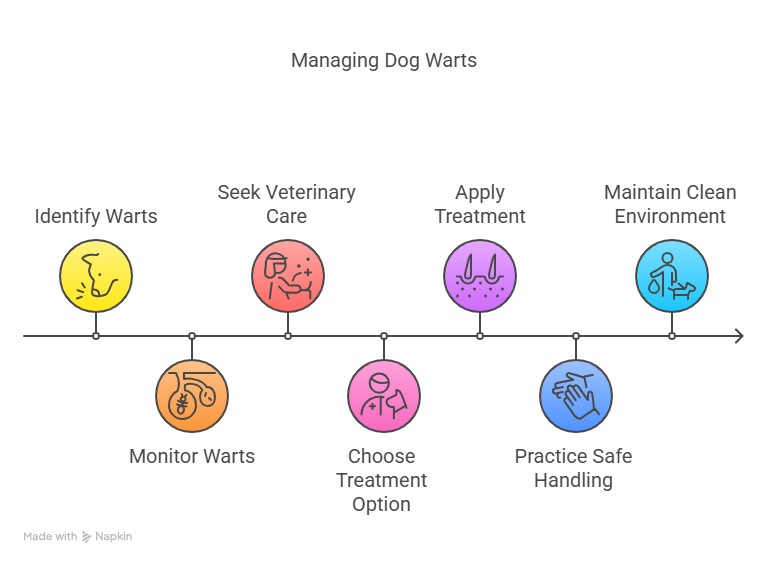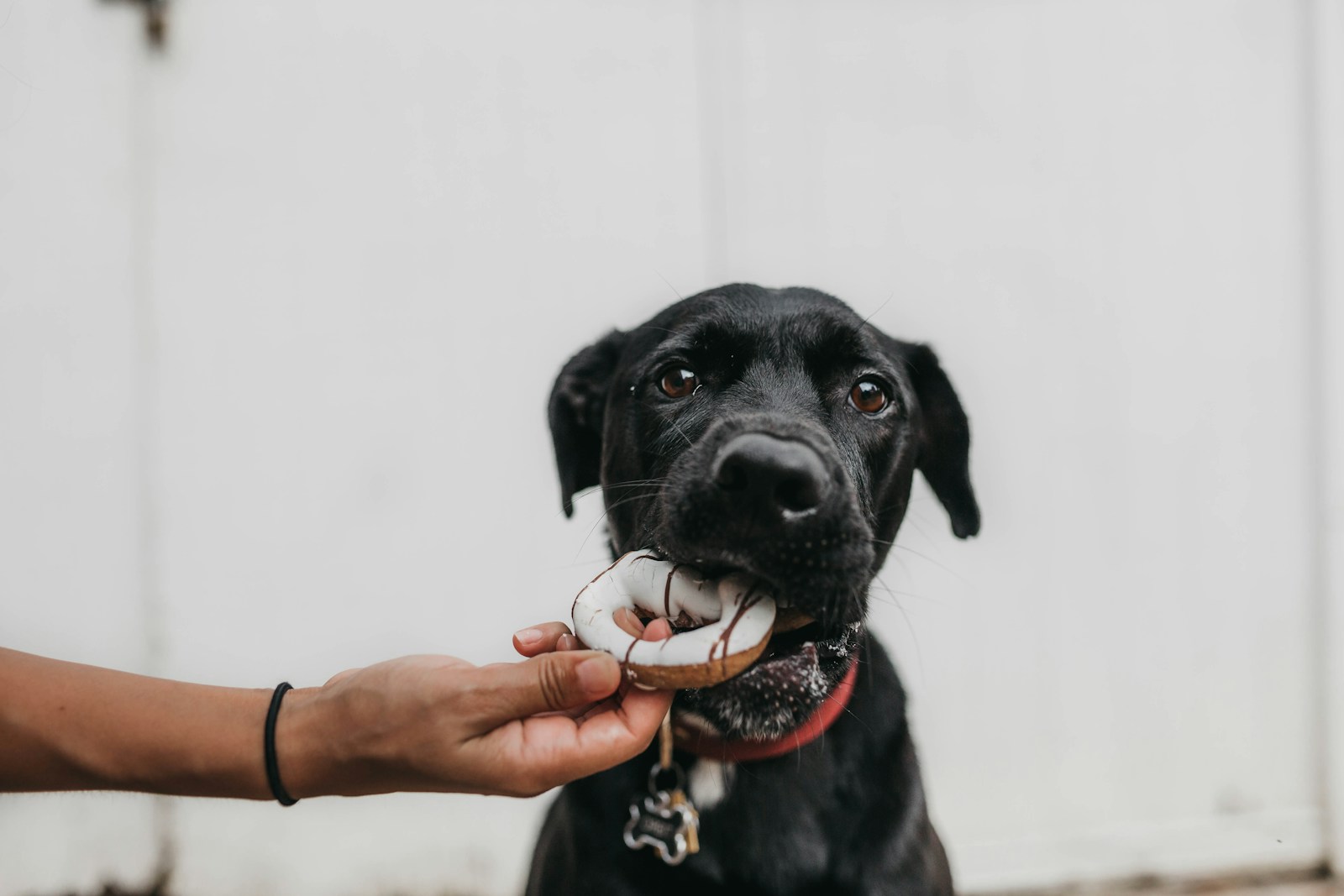As a dog owner, you’ve likely encountered the unsettling sight of warts on your furry friend. The concern that these growths might be transmissible to humans is natural. Imagine being at the park, watching your playful pup interact with other dogs, and suddenly noticing a suspicious growth on another dog’s skin.
Are Dog Warts Contagious to Humans.
The worry that your child might catch something from playing with an infected dog can be distressing. The good news is that understanding dog warts transmission can alleviate some of these concerns. Let’s explore the risks of dog warts to humans and what you need to know to keep your family safe.
Understanding Dog Warts: Identification and Causes
Understanding dog warts is crucial for dog owners, as these growths can be alarming when noticed on their pets. Dog warts, or canine papillomas, are benign growths caused by a viral infection. Recognizing the characteristics of dog warts and understanding their causes can help dog owners take appropriate actions.
What Are Canine Papillomas?
Canine papillomas are benign growths caused by the papillomavirus. They are typically harmless but can be unsightly or uncomfortable for dogs. The virus is highly contagious among dogs and can spread through direct contact with an infected dog’s wart.
Common Locations and Appearance
Dog warts can appear in various locations on a dog’s body, including the lips, mouth, face, and paws. They can manifest as single or multiple growths
https://www.youtube.com/watch?v=oLoVdiIS-U8The location and appearance of warts can help in diagnosing the condition.
Distinguishing Warts from Other Skin Growths
Not all skin growths on dogs are warts. Other conditions, such as skin tags, tumors, or cysts, can resemble warts. A proper diagnosis by a veterinarian is essential to determine the nature of the growth. Factors such as the growth’s appearance, location, and the dog’s overall health are considered during the diagnosis.
Are Dog Warts Contagious to Humans?
Understanding the risk of dog warts to human health is crucial for pet owners. Dog warts, caused by papillomaviruses, are generally considered to be species-specific, meaning they are adapted to infecting dogs. However, the possibility of transmission to humans cannot be entirely ruled out without examining the specifics.
Species-Specific Nature of Papillomaviruses
Papillomaviruses are known to be highly species-specific, with different strains adapted to specific hosts. This specificity is due to the virus’s evolution alongside its host, resulting in a tailored relationship that usually prevents cross-species infection. For instance, canine papillomavirus is primarily adapted to dogs, suggesting a low risk of transmission to humans.
Documented Cases of Cross-Species Transmission
Despite the species-specific nature of papillomaviruses, there have been documented cases of cross-species transmission, although these are rare. Such cases often involve significant contact and specific circumstances that facilitate the transmission. For example, a handler with a compromised immune system might be at a higher risk.

Risk Factors for Immunocompromised Individuals
Individuals with compromised immune systems are potentially at a higher risk of contracting infections, including possibly dog warts. The immune system plays a crucial role in fighting off viral infections, and when it’s weakened, the body is more susceptible to infection. Therefore, it’s essential for immunocompromised individuals to exercise extra caution around dogs with warts.
Treatment and Management of Dog Warts
The treatment and management of dog warts involve several key steps, starting with identifying when your dog needs professional veterinary care. Dog warts, caused by the papillomavirus, can often resolve on their own, but in some cases, they may require intervention to prevent discomfort or complications for your dog.
When to Seek Veterinary Care
It’s essential to monitor your dog’s warts closely. If you notice any of the following, it’s time to consult a veterinarian: the warts are growing rapidly, are bleeding, or are causing your dog discomfort. Additionally, if your dog’s immune system is compromised, or if the warts are affecting your dog’s ability to eat, drink, or breathe, seek veterinary care immediately.
Common Treatment Options
Veterinarians may recommend various treatments depending on the severity and location of the warts. Common treatment options include cryotherapy, surgical removal, and topical treatments. In some cases, your vet might suggest a wait-and-see approach if the warts are not causing any issues.
| Treatment Option | Description | Typical Use Case |
|---|---|---|
| Cryotherapy | Freezing the wart to remove it | Small to medium-sized warts |
| Surgical Removal | Surgically removing the wart | Large or persistent warts |
| Topical Treatments | Applying medication directly to the wart | Warts that are not severe but need treatment |
Safe Handling Practices for Dog Owners
While dog warts are generally not contagious to humans, it’s still important to handle your dog’s warts safely to avoid spreading the virus to other dogs. Wash your hands thoroughly after touching your dog’s warts, and avoid direct contact with the warts if possible. Keep your dog’s environment clean, and ensure your dog is not in close contact with other dogs that may be immunocompromised.

Conclusion
Understanding whether dog warts are contagious to humans is crucial for dog owners and those who come into contact with dogs regularly. The species-specific nature of papillomaviruses indicates that dog warts are generally not contagious to humans.
However, it’s essential to be aware of the potential risks, particularly for immunocompromised individuals. By understanding the causes, identification, and treatment options for dog warts, dog owners can take necessary precautions to ensure their pets receive proper care.
Safe handling practices and timely veterinary care can minimize the risk of transmission and promote the health and well-being of both dogs and their human caregivers, alleviating concerns about are dog warts contagious to humans.





